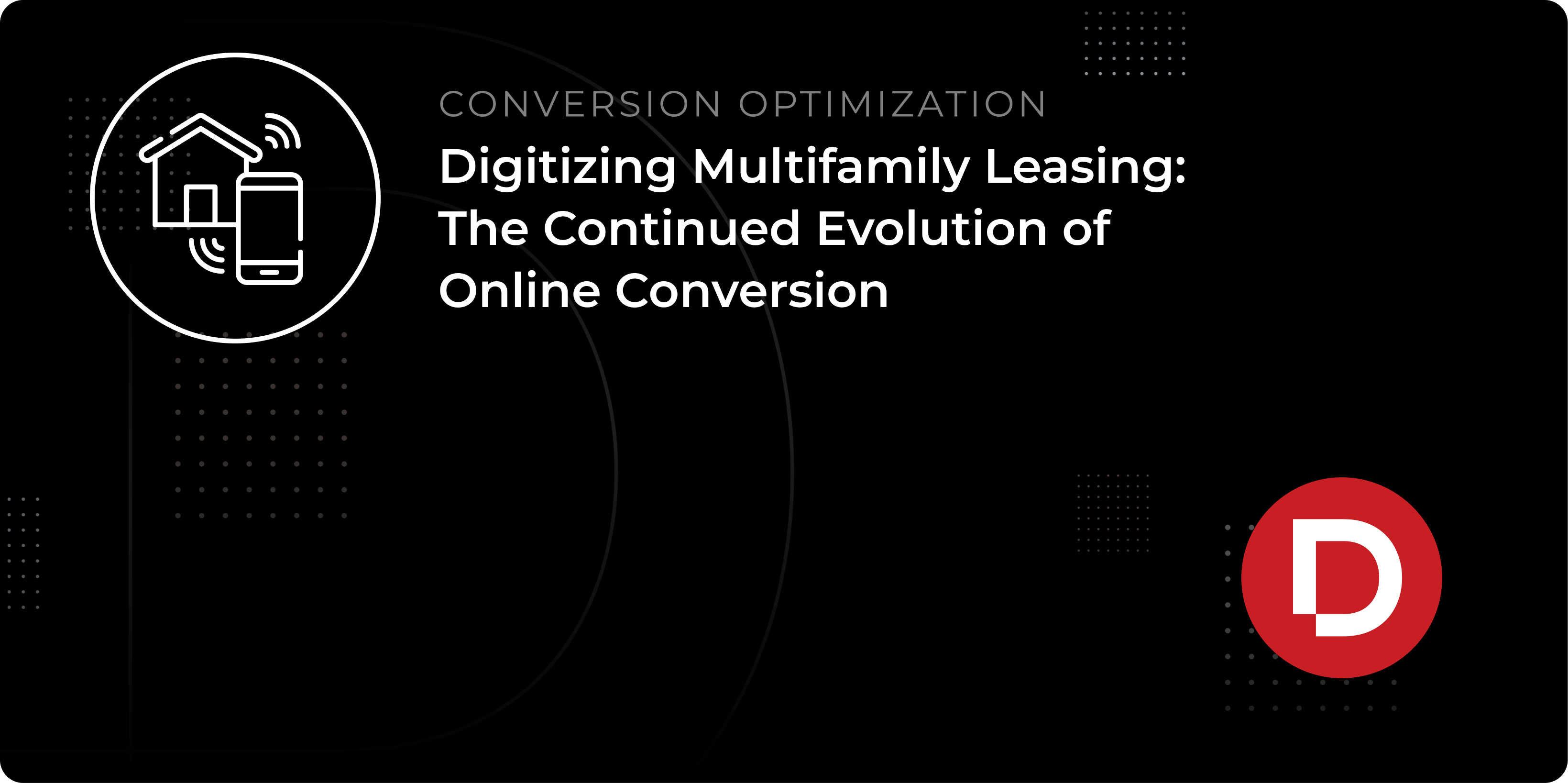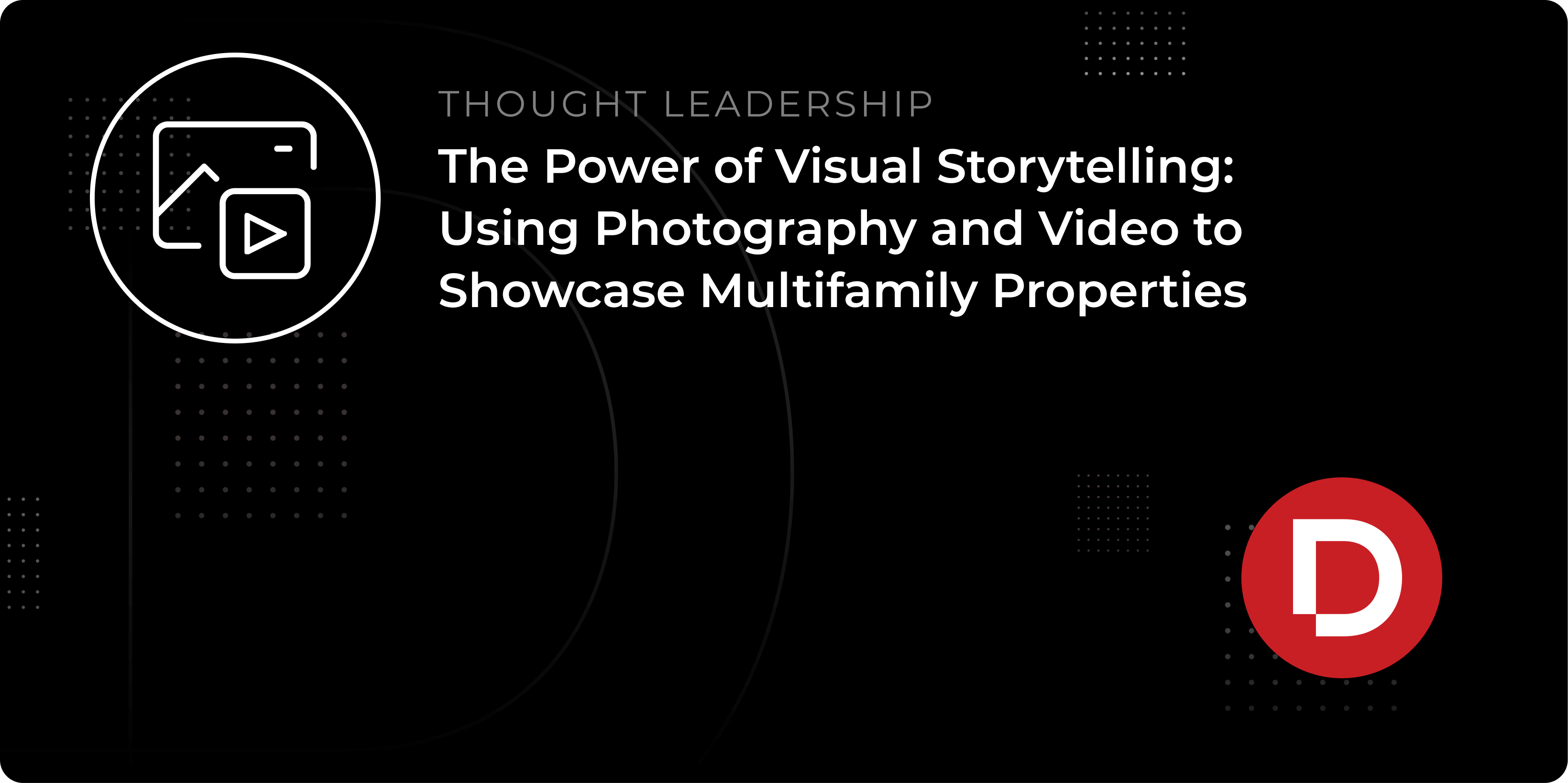
Request Demo
Sign-up for a demo to see how our solutions can help you improve website conversion rate, generate more leases and simplify reporting.
We’re glad you’re here!
Thank you for choosing to continue to receive our communications. We look forward to continuing to engage with you. If there are any topics you’d like to make sure we cover, please feel free to reach out letsgo@dyverse.com.
Thanks for being awesome!

Over the years, we have commonly heard clients, coworkers, and industry
peers get confused about the differences between the similar terms
geotargeting and geofencing. Although they have similarities, there are
differences when utilizing and evaluating the two unique advertising
opportunities.
For a long time at Dyverse, we mostly told client partners that we only
utilize Google and Meta Ads for geotargeting campaigns using a defined
radius around the property for specific location targeting. We felt this
was targeted enough, especially with Google, which allows you the
flexibility to set a radius as small as one-mile around a specific
location. Our early experimentations with geofencing and ad networks
outside of Google and Meta produced data reporting that was not
accurate.
More recently, we have come around to the idea that geofencing has a
place within specific client media mix recommendations to continue to
evaluate. As geofencing becomes available across more advertising
networks and placement options, such as streaming TV, it makes sense to
have it as an option to generate brand awareness and potentially
additional leases.
To ensure we put our best foot forward when implementing this tactic for
our client partners, we have partnered with
ApartmentGeofencing.com
to provide their specialized processes, expertise, and reporting.
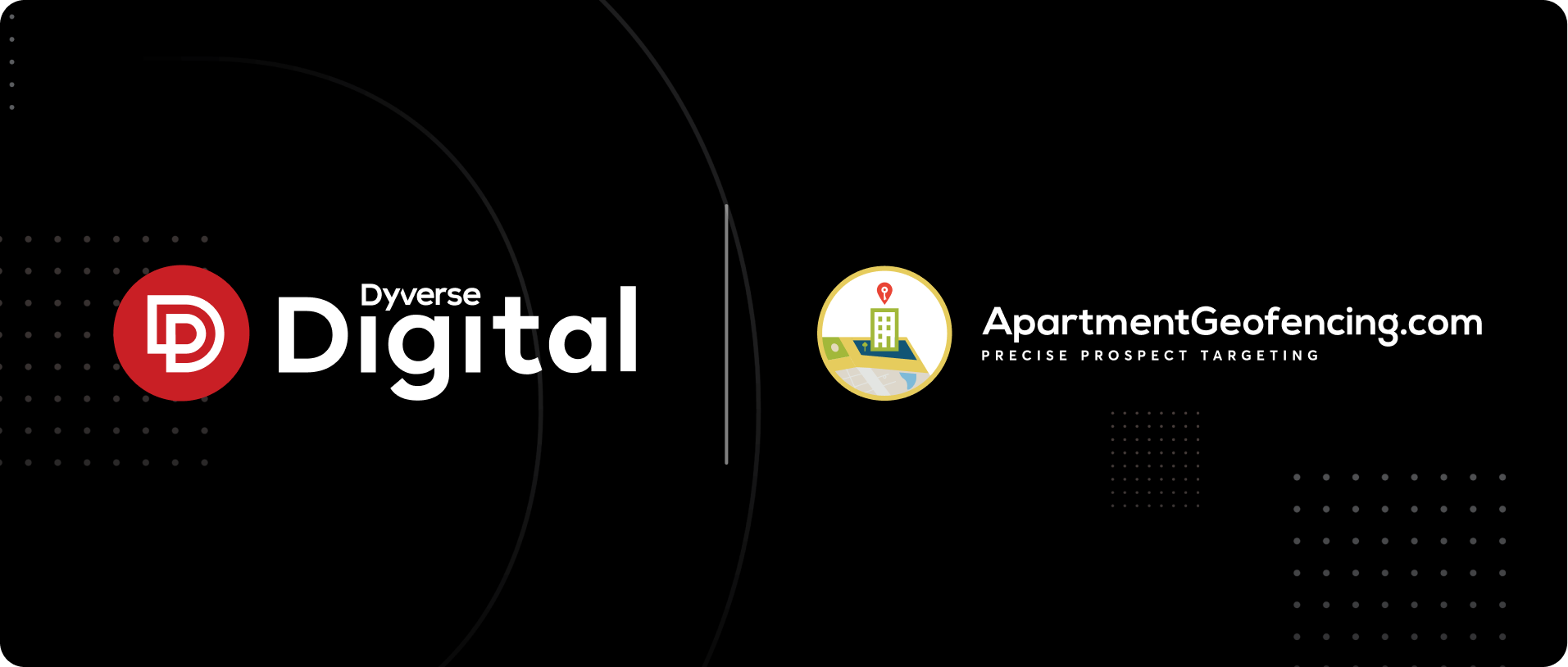
What is Geofencing?
Geofencing involves drawing a virtual boundary around a specific location. When someone crosses this boundary, they are added to a targeted audience list to be shown banner ads and streaming videos. Apartment communities can communicate directly with individuals near competitors or other strategic locations.
Imagine pinpointing where your potential residents spend their time and delivering your community's message directly to their mobile and personal computer devices. With geofencing technology, this is possible and an effective tactic in growing brand awareness and driving targeted traffic. Precisely target competitors, employers, and local hotspots while showcasing your property through display banner ads and streaming videos, compelling potential renters to visit your property immediately or consider it when their current lease expires.
Geofencing vs. Geotargeting
While geofencing and geotargeting are often used interchangeably, the
two have key differences. Geofencing involves creating a virtual
boundary around a specific location and targeting individuals who
enter that boundary. On the other hand, geotargeting focuses on
delivering ads based on a user’s location at a broader level, such as
a one- to fifty-mile radius around your community or an entire city or
ZIP code. Geofencing is more precise, allowing for highly targeted
campaigns tailored to specific buildings or areas.
Below
is an example of how precise a target boundary can be with geofencing
technology.
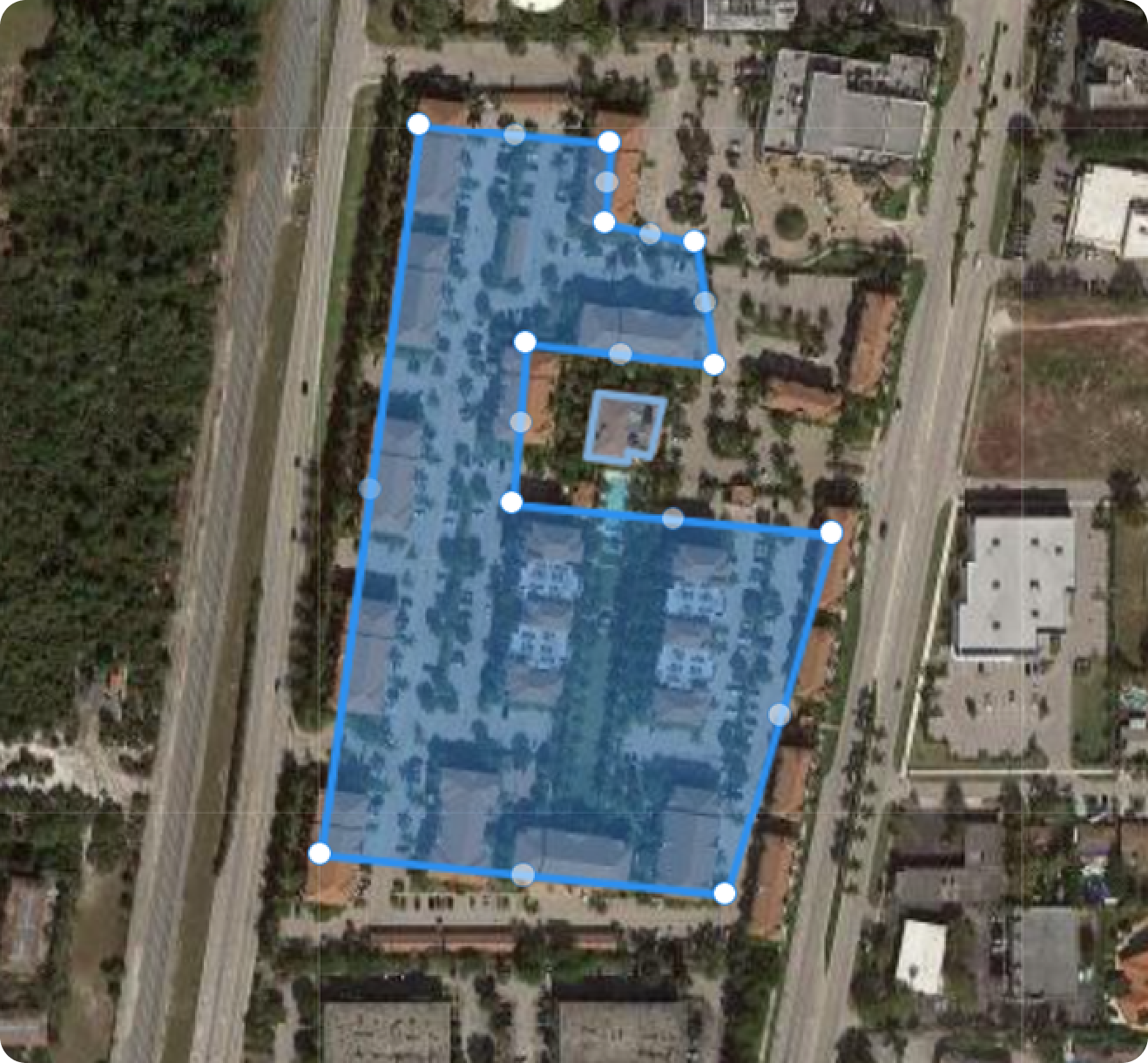
In contrast, geotargeting is less granular, but allows you to target a wider area where your target demographic is likely to come from. Below is an example of location targeting in Google Ads where the minimum location targeting radius is one mile. Keep in mind Google and Meta Ads only currently allow for geotargeting, so geofencing utilizes ad networks and placements outside of these two advertising giants.
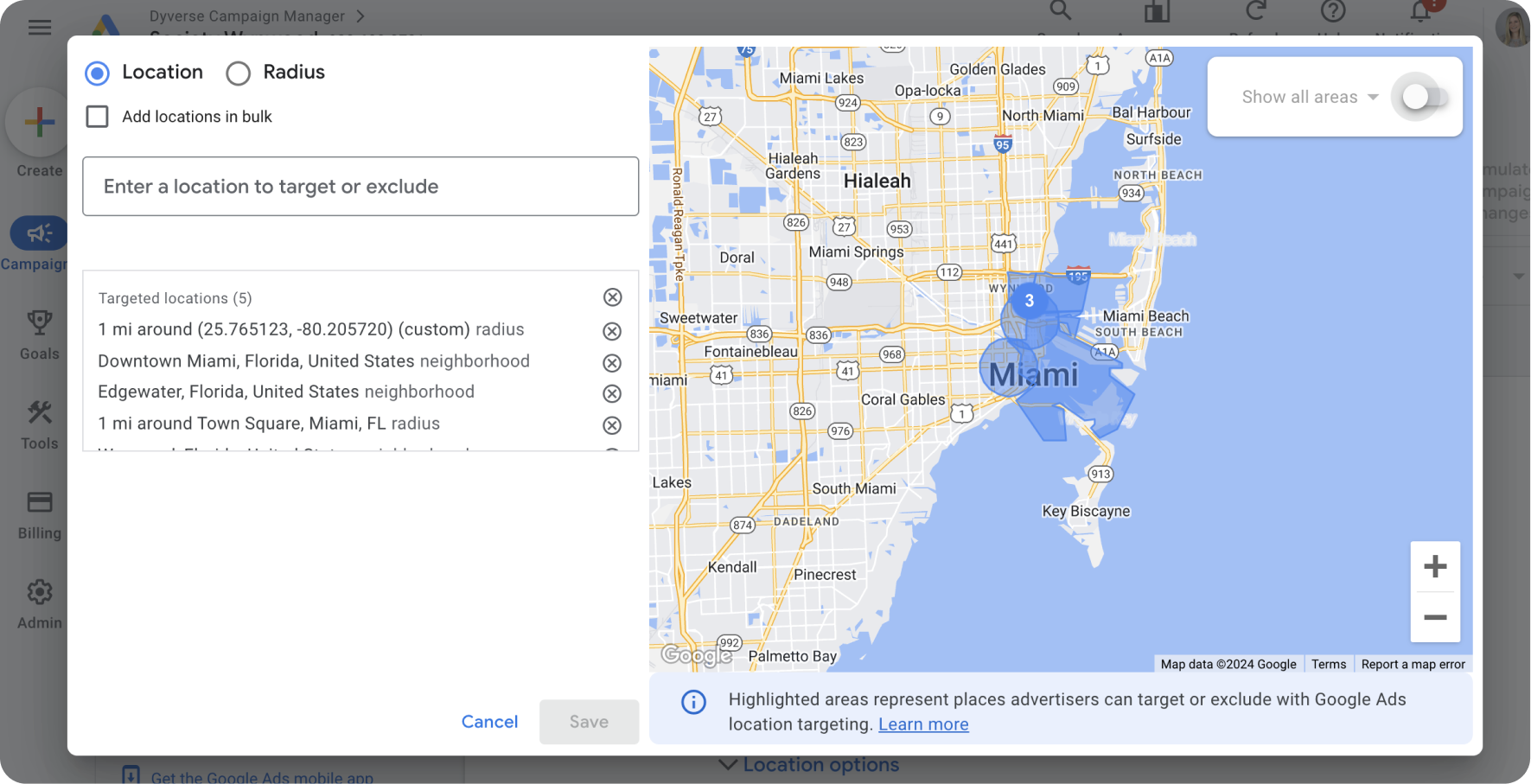
How Does Geofencing Work?
Unlike traditional geotargeting, which targets a predefined radius around a location (i.e., one mile), geofencing allows for more precise targeting. For example, you can draw lines around specific buildings—whether they are competitor properties, large employers, or community hotspots. Here’s how it works:
- Continued Emphasis on Automation: They are calling Paid Search and Performance Max the "Power Pair." Google claims that if you add Pmax to paid search that uses broad match and automated bidding, you should see better results from Pmax.
- Improved AI Performance: Google claims that its automated bidding and targeting, which utilize AI, has improved by an estimated 10% from previous iterations.
2. AI-Powered Creative Tools:
- Identify Target Locations: Choose competitor buildings, preferred employers, or high-traffic community areas.
- Set the Geofence: Draw a precise line around the building rather than a broad distance radius.
- Capture Audience: Any person who crosses the geofence is added to the audience list.
- Serve Ads: Target this audience with banner ads on apps, games, and websites and streaming commercials on platforms like Peacock, Hulu, Roku, and Sling.
- Evaluate Results and Optimize: You can alter your target locations and targeting channels based on performance.
Why Geofencing Should Be Considered
With all apartment communities having marketing budget restraints, geofencing might not always be included in the suggested media mix. Below are some top reasons to consider geofencing when building your community’s marketing plan.
- Hyper-Targeted Advertising: Geofencing allows you to focus your advertising efforts on people near your targeted locations, increasing the relevance and impact of your ads. Apartment advertising is heavily impacted by location, so there is no better way to get granular with targeting than with geofencing.
- Immediate Engagement: Digital display banner ads and streaming videos can capture attention immediately, encouraging potential renters to visit or consider your property when their lease expires.
- Preferred Employer Campaigns: Traditional employer campaigns rely on HR teams to communicate housing options, typically only to new hires. However, geofencing targets the entire staff by setting a boundary around the office or the parking lot. This ensures that all employees are equally exposed to your community, regardless of tenure.
- High Mobility Audience: With people moving every ten months on average, geofencing ensures continuous engagement with a highly mobile audience experiencing life changes and housing needs.
- Expanded Ad Network Coverage: While the Google and Meta ad networks are massive, geofencing campaigns provide additional network coverage outside of Google and Meta network reach. This includes Streaming TV. In addition to targeting through geofencing boundaries, you can even use your website retargeting list to show ads on these expanded ad network placements.
Maximize Your Geofencing Campaign Results
Geofencing represents a cost-effective and highly targeted way to reach potential renters where they already are. Dyverse, in partnership with ApartmentGeofencing.com helps multifamily properties maximize their ad spend efficiency, ensuring that every dollar spent translates into increased visibility and higher occupancy rates.
Schedule a Demo
Copy link
Share on LinkedIn
Share on X
Share on Facebook
More from Dyverse
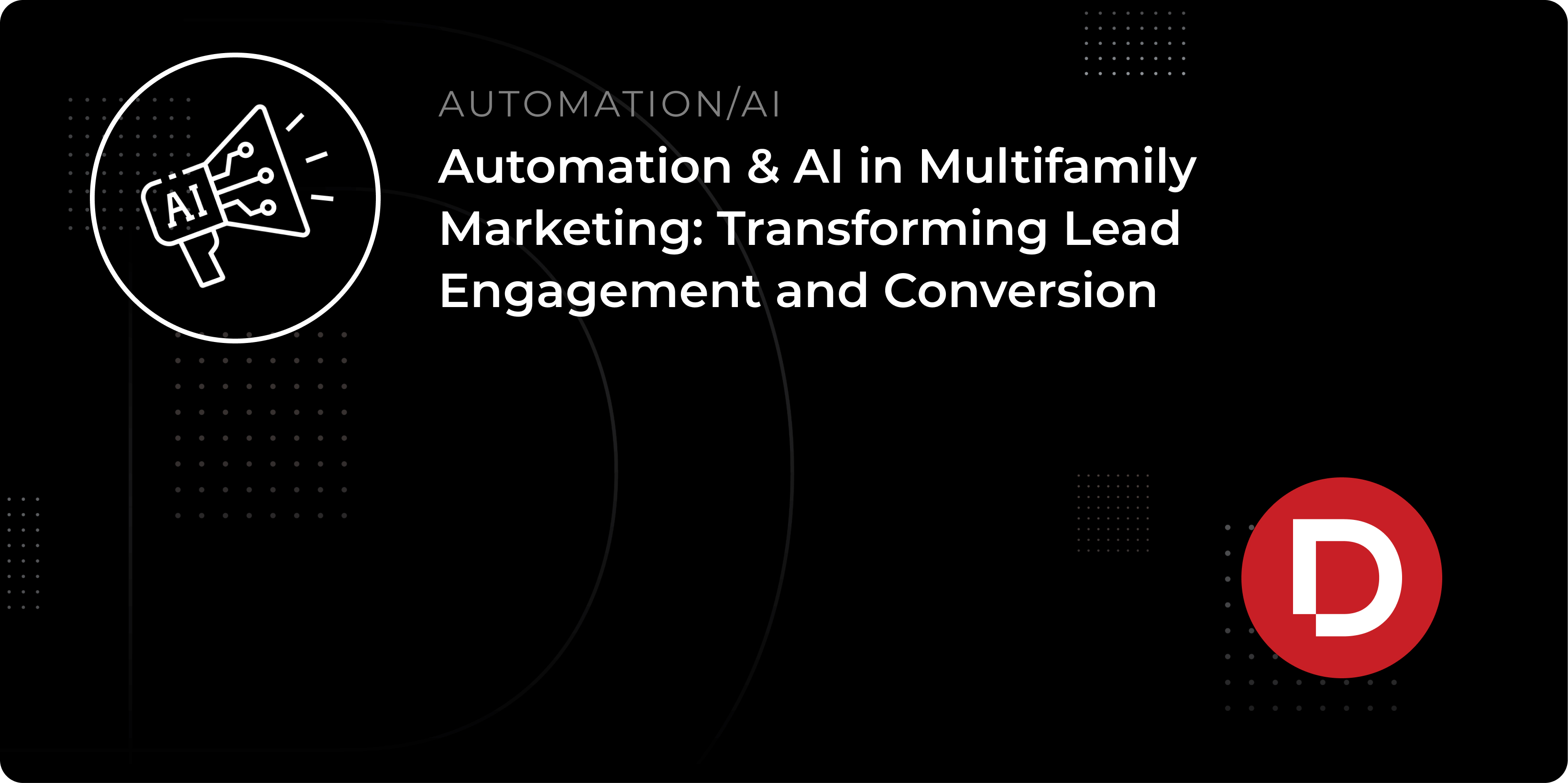
- Automation/AI
- February 26, 2025
- 5 min read
Automation & AI in Multifamily Marketing: Transforming Lead Engagement and Conversion
The multifamily marketing landscape is undergoing a massive change, with automation and artificial intelligence (AI) playing a critical...
Let's start a conversation
Schedule a demo to discuss how Dyverse can help you boost your leasing performance.

